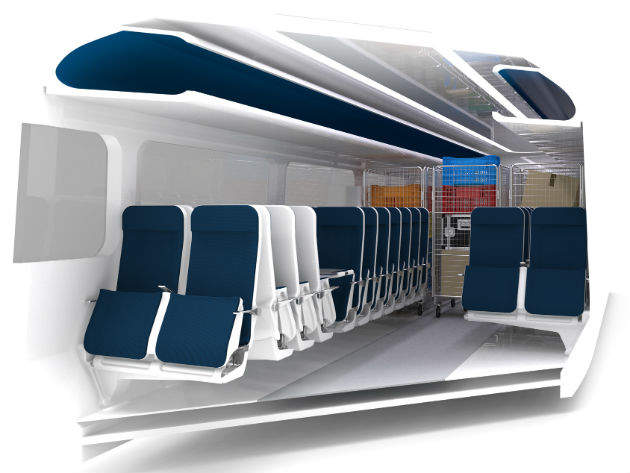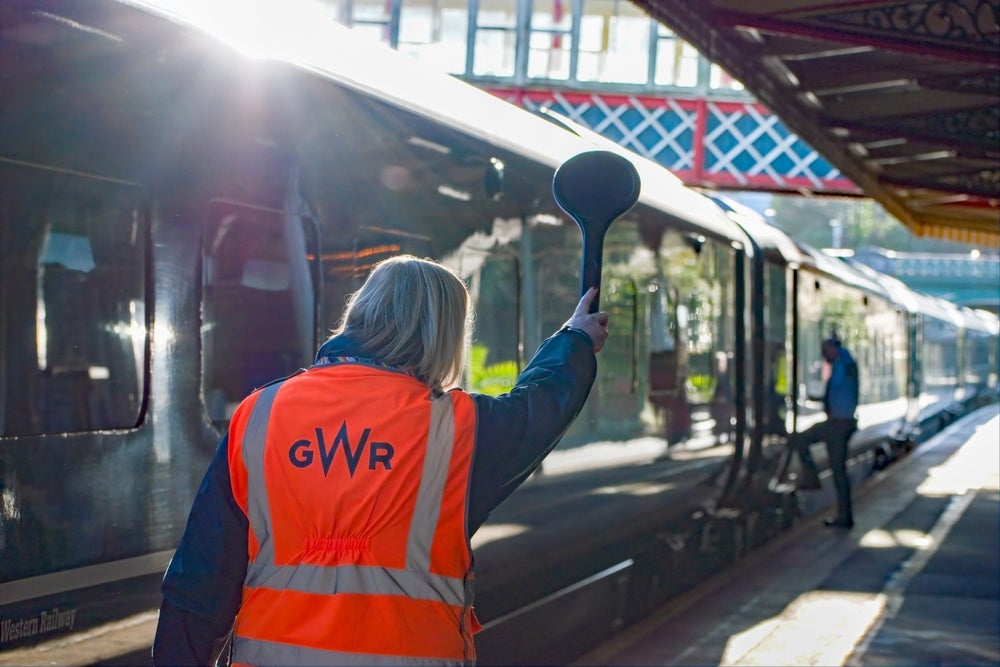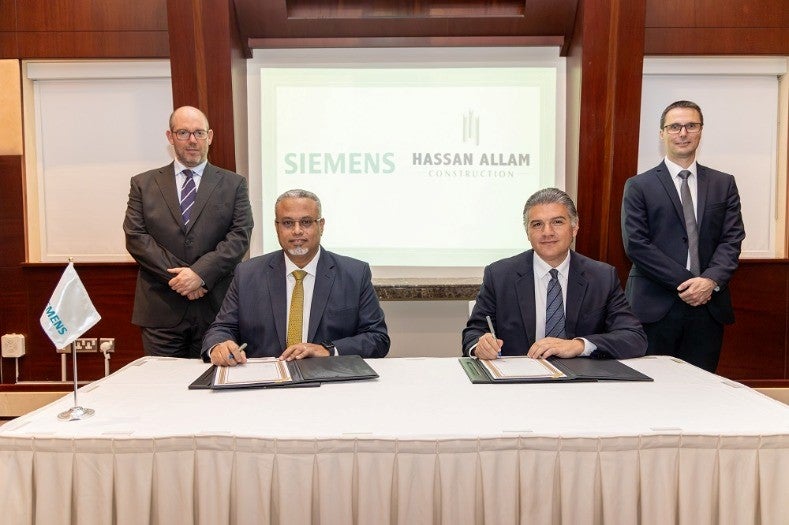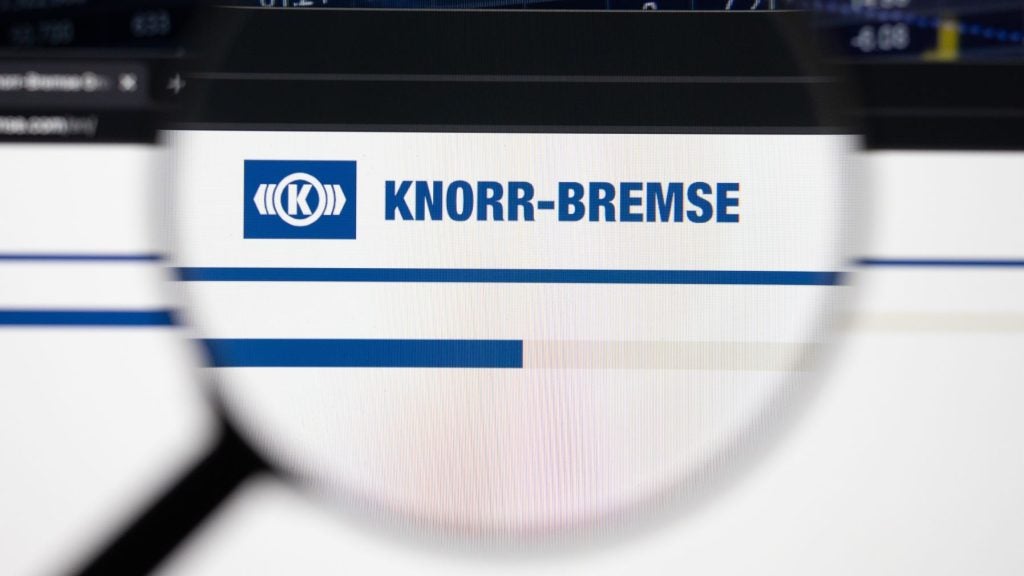

In one corner of the Railtex 2017 trade show, held in Birmingham from the 9-11 May, Zane van Romunde, from 42 Technology, began a demonstration of a new seating system that could change the way train carriages are manufactured.
The journey to this point began back in 2015, when the company was selected to share a pot of £2.2m in funding from the ‘Tomorrow’s Train Design Today’ initiative, led by the UK’s Rail Safety and Standards Board’s (RSSB) FutureRailway team.
Speaking on these pages almost two years ago, 42 Technology director Jon Spratley told of the moment the plan was set in motion: “It was one of those bolts from the blue,” he explained. “I have a son and had the idea at about 3am one morning while trying to get him to sleep.”
The idea: to create a carriage that can be configured to carry passengers or freight when required, easing road congestion and cutting emissions. The system works by allowing seats and tables to be automatically stowed to create space for ‘low density, high value’ packages and other cargo that would, otherwise, travel by road. And so the Adaptable Carriage seating system was born, which brings us back to van Romunde’s presentation in Birmingham.
See Also:
“There is significant spare passenger-carrying capacity, particularly on off-peak services,” van Romunde says. “Carrying freight on trains is not a new idea but having flexible space that can be configured to carry passengers or freight, and demonstrating a way of doing that, is a world first.”
How well do you really know your competitors?
Access the most comprehensive Company Profiles on the market, powered by GlobalData. Save hours of research. Gain competitive edge.

Thank you!
Your download email will arrive shortly
Not ready to buy yet? Download a free sample
We are confident about the unique quality of our Company Profiles. However, we want you to make the most beneficial decision for your business, so we offer a free sample that you can download by submitting the below form
By GlobalDataFrom passenger to freight in three minutes
42 Technology says the reconfiguration process takes under three minutes and is fully automated. The end result – from 20 rows of seats in a typical passenger carriage, with four seats per row – is a space equivalent to that of an articulated lorry. Seats and tables are connected together and can be moved along the length of the carriage. Also note that it is configured to carry only passengers or freight, not a mix of the two at the same time, and can be retrofitted into existing carriages, designers say.
The challenges have been two-fold, says van Romunde. First, “finding a way to add the necessary mechanisms without impacting the structure or layout of the carriage and ensuring they meet regulatory and safety requirements”. Add to this the complexity of achieving this in a way that provides the “required functionality without adding significant cost, weight or compromising passenger comfort”.
But, could it in any way reduce the number of seats you would expect in a rail carriage? “That’s a good question,” says van Romunde. “It has been specifically designed as a flexible modular system, so it has no impact on current carriage layouts and can accommodate whatever number of tables or seat formats are required by train operators.
“To give you an example: if a train comprises 10 carriages then three of those might be fitted with the Adaptable Carriage, which would give the train operator the flexibility to allocate up to 30% of the train for the transport of cargo if required.”
The company says the system is now ready for trials and is in discussions with train operating companies. An announcement could come before the end of the year, but when might we see this revolutionary idea on the network?
“That really depends on the results from the initial commercial trials,” explains van Romunde, “but assuming they go well, then [it] could potentially be in use within the next three years.”







